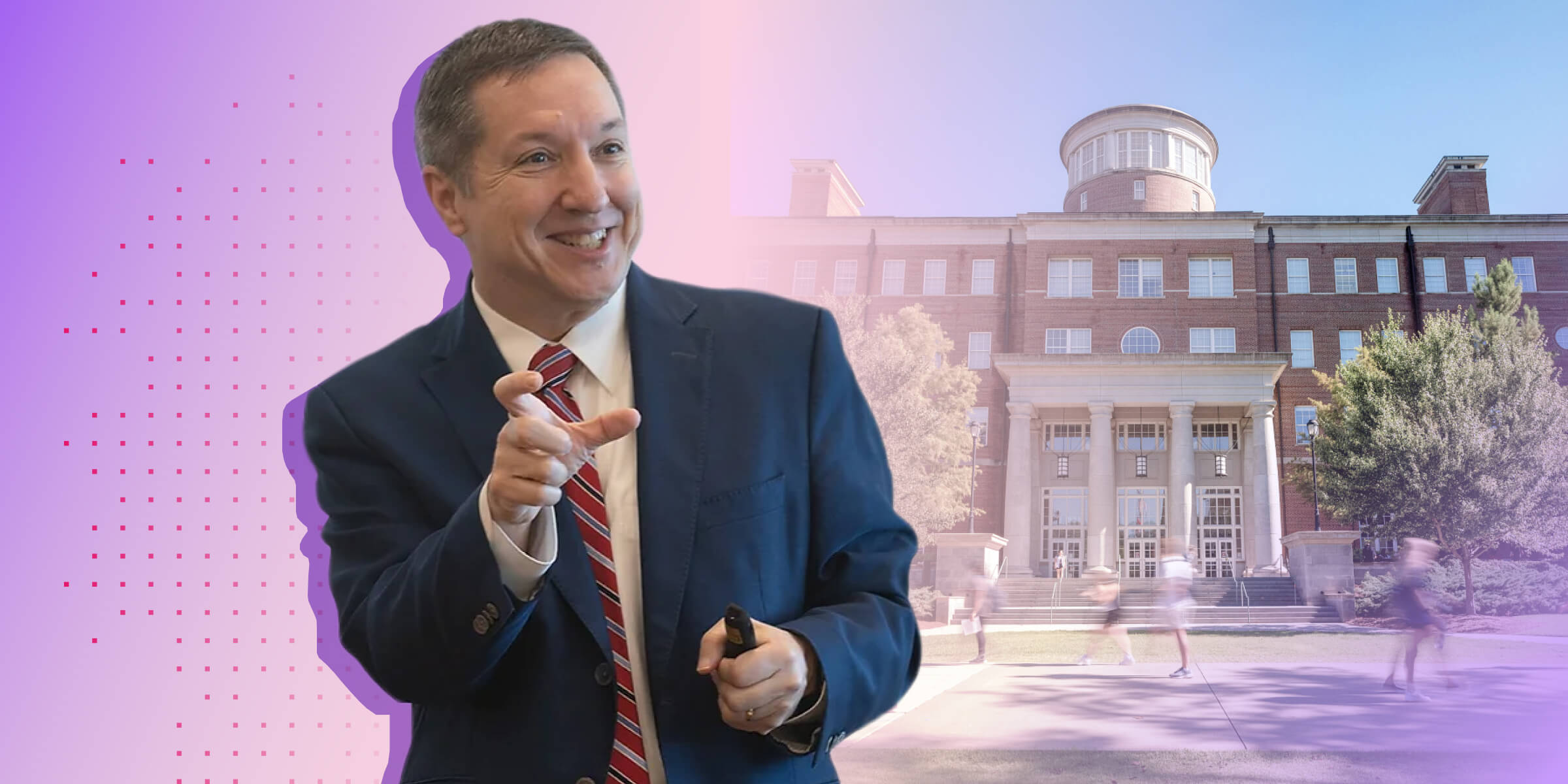Active learning isn’t just a buzzword. It’s a pedagogy proven to keep students motivated, boost test performance and improve course evaluation scores.1 And at a time where faculty are reporting ‘stunning’ levels of student disconnection and burnout, keeping students motivated can’t be overlooked. Not only does active learning help turn passive students into active citizens, it’s helped reduce failure rates among historically underrepresented populations.2
This is the research that Dr. Todd Zakrajsek, Associate Professor in the Department of Family Medicine at the University of North Carolina at Chapel Hill, has immersed himself in for much of his career. As author of The New Science of Learning, Dr. Zakrajsek has tapped into legacy motivational theories to help faculty keep their students interested and engaged in their own learning. We sat down with Dr. Zakrajsek to decode three key theories and uncover tangible ways to help students—and educators—find joy in the classroom.
➝ Free toolkit: Fuel student engagement this semester
Tip #1: Reduce cognitive load where possible | Cognitive load theory
If we gave you a verbal recount of how to get from your university to a Walmart 20 minutes away, chances are you won’t remember more than the second or third street to drive down. That’s because you’re likely to feel cognitively overloaded.
Proposed by Richard Atkinson and Richard Shiffrin in 1968, cognitive load theory relates to the amount of information the brain can absorb at any given time. It’s also why forgetting is so normal. “If you’re teaching new material, you’ll likely max out students’ cognitive load. That’s why it’s so important to mix in breaks and activities to stop and solidify information before moving on,” Dr. Zakrajsek says.
The solution to helping students retain information? Intersperse your lectures with moments of action, discovery and curiosity. Or, as James Lang, author of Distracted: Why Students Can’t Focus and What You Can Do About It, might advise, start thinking like a poet and a playwright to reawaken student attention. Dr. Zakrajsek suggests turning to leaders in the film industry for inspiration. “Filmmakers lay down plot lines and include action scenes so that you won’t have monotony which will shut the brain down,” he shares. He recommends switching things up every 15 minutes in class to avoid students checking out.
Tip #2: Give students a taste of success | Expectancy theory
When you expect to be successful, you’re more likely to work harder towards a task. That’s exactly the science behind the expectancy theory, proposed by Victor Vroom of Yale School of Management in 1964. Dr. Zakrajsek unravels the three components of this theory using the example of a student preparing for an upcoming test.
- Expectancy (Effort): Can a student learn the material just enough to pass their test? If they don’t believe they’re capable, then motivation falls flat.
- Instrumentality (Performance): If a student believes they’re able to pass the test, do they believe they can produce answers that are correct and will lead them to get the overall grade they are after?
- Valence (Reward): How much does a student value achieving an ‘A’ grade in your class?
Keep students motivated by making it clear how to achieve success in your class and how that success will give them an advantage in the future. It could be upper-year course preparedness, an easier transition into the workplace, or at minimum, having the soft skills necessary to excel in an apprenticeship program or co-op.
Tip #3: Promote competence, autonomy and relatedness | Self-determination theory
Determination and motivation go hand in hand. The self-determination theory, proposed by Edward Deci and Richard Ryan in 1985, supports the idea that people are more motivated to take action when they believe doing so will impact the outcome. Related, there are three basic psychological needs all humans (not just students) desire:
- Competence: Gain mastery of one’s environment
- Autonomy: Choose to maintain control of one’s own life and behaviors
- Relatedness: Experience a sense of belonging, care and connection with others
Competence is synonymous with control. “We don’t like the feeling of offering an answer to a question and the teacher telling you that you’re wrong,” says Dr. Zakrajsek.
Autonomy is all about giving students choice and freedom to influence elements of their learning journey. For instance, you might allow students to weigh in on assignment frequency or format.
Community also has an outsized impact on the student experience and can even inform patterns in retention. Dr. Zakrajsek’s suggestion: use group work as a means of cultivating peer-peer connections. If you’re met with groans and looks of despair, you’re not alone. “Universally, almost all students don’t like group work. But there’s good evidence that shows if you teach students how to work well in groups, they won’t hate it,” he says. Consider taking a step back and share group roles and responsibilities to help all students contribute fairly and equally.
➝ Plan your best course yet with our new Student Engagement Toolkit
References
- Reuell, P. (2019, Sept. 4). Lessons in Learning. The Harvard Gazette. https://news.harvard.edu/gazette/story/2019/09/study-shows-that-students-learn-more-when-taking-part-in-classrooms-that-employ-active-learning-strategies/
- The Treisman Model. (n.d.). Merit Program for Emerging Scholars. https://merit.illinois.edu/for-educators/the-treismans-model/


